Ho 229 Smithsonian

German Wwii Aircraft At The Steven F Udvar Hazy Center United States Youtube

Horten Ho 229 V3 A Horten Ho 229 V3 Stored And Awaiting Re Flickr

Ho 229 B Nachtjager
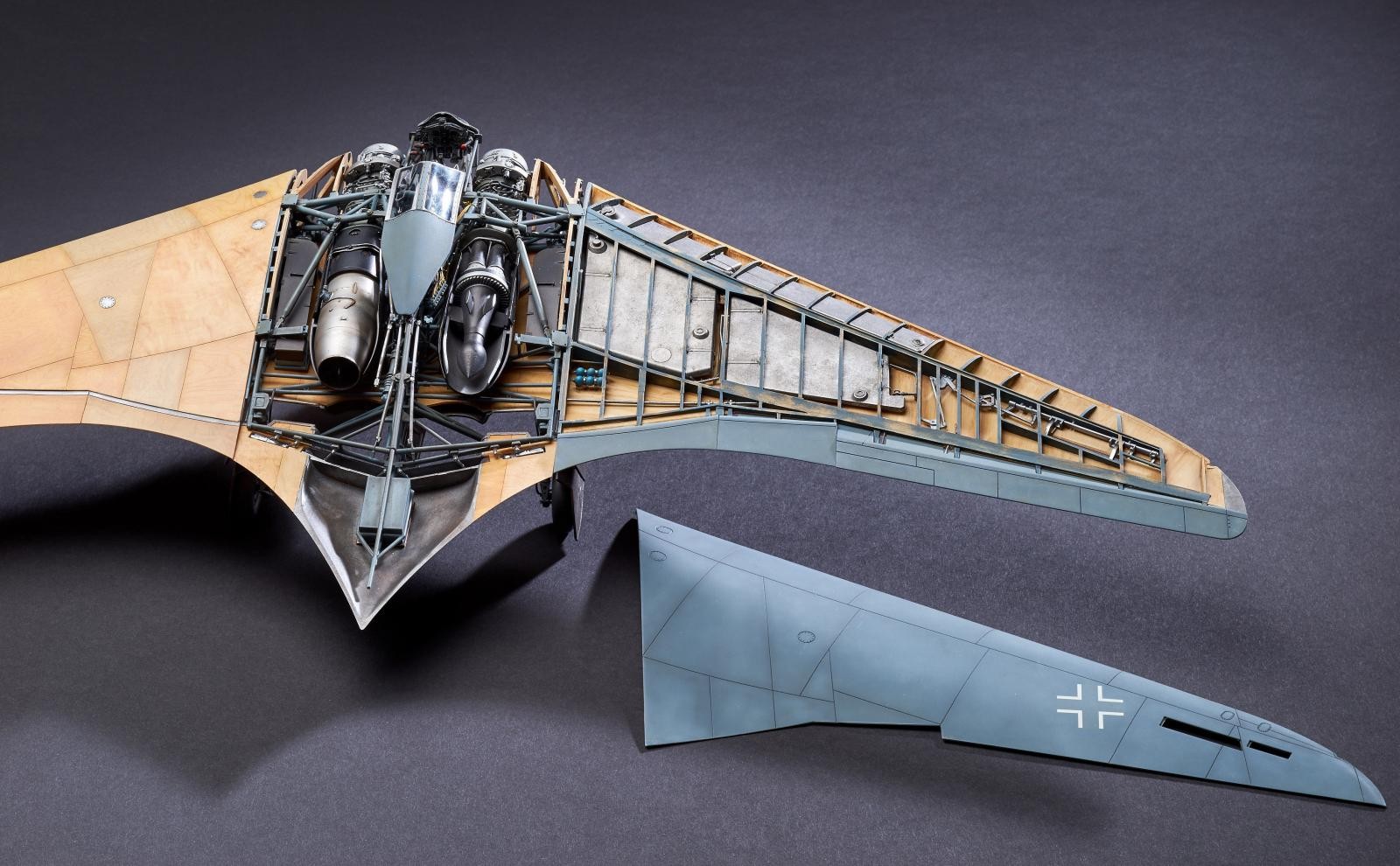
Ho 229 At The Air And Space Museum Imodeler
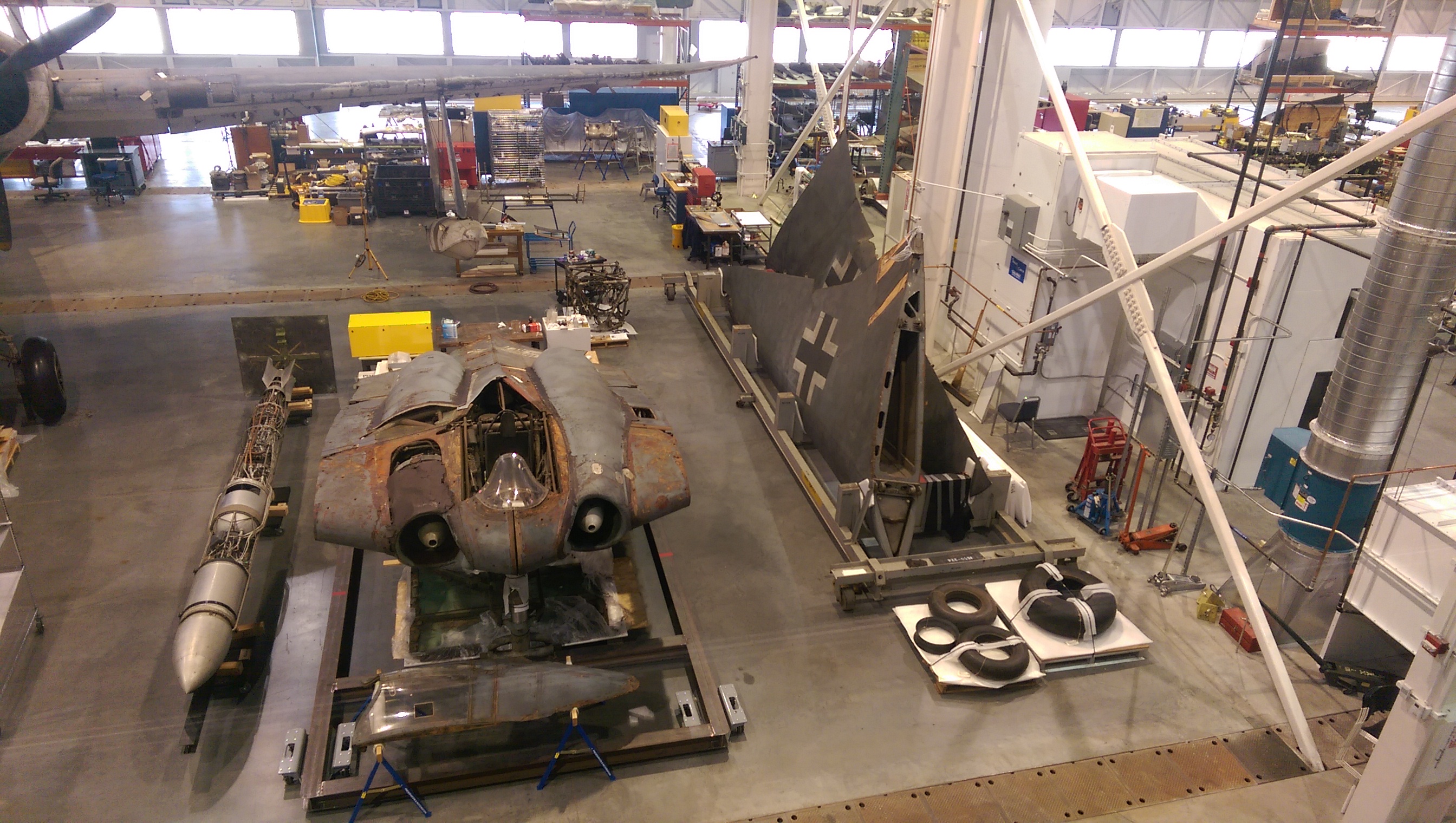
Horten Ho 229 Joe S Blog

Ho 229 Horten Horten Ho 229 Luftwaffe Planes
The Smithsonian’s Horton Ho-229 is the third prototype aircraft, V3.
Ho 229 smithsonian. The Horten H.IX, RLM designation Ho 229 (often called Gotha Go 229 because of the identity of the chosen manufacturer of the aircraft) Was a German prototype fighter/bomber designed by Reimar and Walter Horten and built by Gothaer Waggonfabriklate in World War II. Just wondering if anyone can tell us the ACTUAL paint scheme (colors, camo if any, markings, etc.) of the Horton Ho 229 flying wing when captured by GIs in April 1945- not an imaginary or hypothetical scheme. Engineers at Northrop wanted to find out if the German craft could actually be radar resistant.
The public display label is pictured on the right. From the Horten Ho 229 to the F-35 Joint Strike Fighter, stealth technology has changed a lot The Smithsonian Air and Space museum is in possession of the remains of an original Horten Ho 229. Garber Restoration and Storage Facility just outside of Washington DC in Suitland, Maryland.
Citizens Against Government Waste. Verdskrig.Flyet vart utvikla av Tyskland, og prosjektet vart starta i 1942 av Gothaer Waggon-fabrik. The British put it on display at the Royal Aircraft Establishment in Farnborough, England in 1945.
This was the storage facility of the Smithsonian air and space collection but is no longer open to the public as all the items are being moved to the new facility at Dulles International Airport, Washington DC. It was the first pure flying wing powered by jet engines. Why the Experimental Nazi Aircraft Known as the Horten Never Took Off The unique design of the flyer, held in the collections of the Smithsonian, has infatuated aviation enthusiasts for decades The.
Garber storage and restoration facility, Suitland, MD. Ho-229 at the Air and Space Museum ;. The Horten Ho IX (later Ho 229) was the first jet-powered “Nurflügel” bomber developed by the “Third Reich”.
United States Space Force. This was the storage facility of the Smithsonian air and space collection but is no longer open to the public as all the items are being moved to the new facility at Dulles International Airport, Washington DC. Each of the lectures will take place at 8 p.m.
Can’t express how thrilled I am. One of these so-called German “wonder weapons” was the Horten Ho 229. The Horten Ho 229 is generally known by a few unique names.
Udvar-Hazy Center in Chantilly, Virginia, while staff work to document the aircraft's condition and stabilize its delicate structure. This is the first time this rare airframe, or maybe even the world's first 'stealth' aircraft is displayed for the public. The Zoukei-Mura 1/72 build by Libor Jekl is again a superlative build but I had personally hoped to see him build their 1/144 kit as well.
From the wikipedia article:. 1 of 35 Horten Prepared for Transport The Horten Ho 229 V3 aircraft is prepared for transport from the Paul E. The Horten brothers' experimental flying wing—one of the most unusual aircraft produced by either side during World War II—came to the Museum’s Paul E.
It was the first flying wing to be powered by jet engines. The design of the HO 229 seems to have taken place in 1943-44, at a time when both the allied and the germans had access to radar technology. The identity Ho 229.
019 0712 (2) 4th Poland Model Show.jpg 2,9 × 2,039;. Horten and his brother Walter designed the world's first jet-powered flying wing, the Horten Ho 229, towards the end of World War II. Horten Ho 229, ofte kalla Gotha Go 229, var eit av dei mest eksepsjonelle og avanserte flya utvikla under 2.
(actually Chantilly, VA) to deliver my 1/32 scale model of the Horten Ho-229 flying wing. The identity Ho 229 had been given to the plane by the German Ministry of Aviation. According to the web page referenced, the construction was to fill the space beetween two wooden sheets with sawdust, charcoal and glue, a crude version of a composite.
Russ Lee, a curator at the Smithsonian Air and Space Museum in Washington DC, says this was a turning point. The Ho.229 is another wartime aircraft that made smart use of strategic materials, just like the Mosquito in England. The design was a response to Hermann Göring's.
The Horten Ho 229 has to be one of the most futuristic aircraft designs to take to the air during World War II. Garber Facility to the Mary Baker Engen Restoration Hangar at the Museum in Virginia. The center section of the Horten Ho 229 V3 is prepared for preservation work at the Mary Baker Engen Restoration Hangar.
Udvar-Hazy Center in Chantilly, Virginia. All-in-all more than enough for building any Horten Ho IX/Ho 229 model and plenty to satisfy anyone curious about the history of the Horten Ho IX/Ho 229. The plane was called the H.IX, by the Horten Brothers.
British forces captured this uncompleted aircraft. BBC Future looks at the Horten Ho 229, one of aviation’s most futuristic designs. While it seems a stretch to.
The Smithsonian’s National Air and Space Museum announces the “Exploring Space Lecture Series.” This year’s four-part series will look at the universe through a variety of lenses. I just heard today that the Smithsonian Air and Space museum will pursue putting my Ho-229 on display at the Udvar-Hazy center alongside the real one. National Air and Space Museum, Smithsonian Institution.
Only one of the prototypes flew, and it crashed, but the Horten brother’s had proven the basic concept with smaller, but similarly-shaped gliders, so it really was only a matter. Oct 26, 19 - The sole surviving Horten Ho-299 flying wing on display at the Smithsonian's Air & Space Museum / Udvar-Hazy Center. It was quite a thrill to tour the restoration shop and talk to the very talented people that work there.
The aircraft is sometimes referred to as "Hitler's Stealth. I got to see their He-219 Uhu, MArtin B-26 bomber “Flak Bait”, Apollo artifacts including a lunar rover, a U-2, EA-6B and much more. Its wings sit close by.
The Horten H.IX, RLM designation Ho 229 (or Gotha Go 229 for extensive re-design work done by Gotha to prepare the aircraft for mass production) was a German prototype fighter/bomber initially designed by Reimar and Walter Horten to be built by Gothaer Waggonfabrik late in World War II. They’re not sure when it will be put up because they are in the process of renovating the Mall museum and all hands are. A pair of white swastikas adorns the pointed tail of the Horten Ho 229 V3, an unfinished Nazi prototype aircraft that’s now on display at the Smithsonian’s National Air and Space Museum’s Steven F.
Summary In 1943 the all-wing and jet-propelled Horten Ho 229 ('aitch-oh-two-two-nine') promised spectacular performance and the German air force (Luftwaffe) chief, Hermann Göring, allocated half-a-million Reich Marks to the brothers Reimar and Walter Horten to build and fly several prototypes. A Horten Ho 229 V3 stored and awaiting restoration in the Paul E. After years of conservation work on the center section, in September of 17 the Horten 229 V3 went on public dispaly at the Smithsonian Air and Space Museum's Udvar-Hazy Center adjacent to Dulles International Airport in Virginia as shown in the picture above this "About Us" section.
The Horten Ho 229 V3 is currently visible to the public inside the Mary Baker Engen Restoration Hanga r at the Steven F. The identity Ho 229 had been given to Horten Ho 229 F14 Tomcat Plane Design Air Festival Jet Engine Ww2 Aircraft Luftwaffe War Machine Vintage Travel. The only surviving Ho 229 airframe, the V3 — and indeed, the only surviving German jet prototype still in existence — is at the Smithsonian National Air and Space Museum's Paul E.
Garber Preservation, Restoration and Storage Facility about 1950, courtesy of the U.S. 229 was built using an alloy tube chasse, which supported the cockpit, landing gears and the Jumo 004 engines, while most of the main centre section and all of the wings were built from plywood. Horten Ho 229 V3.
It was introduced in Update 1.43. It was the first pure flying wing powered by jet engines. They also studied the only surviving parts of a Ho 229 V3, which were housed at the Smithsonian National Air and Space Museum's Paul E.
A Horten Ho 229 V3 stored and awaiting restoration in the Paul E. Harvard Kennedy School's Belfer Center. The Horten brothers’ design was so far ahead of its time that in the early 1980s a team from Northrop-Grumman, working on the B-2 Spirit stealth bomber, traveled to the Smithsonian Institute’s facility in Spring Hill, Md., to study the partial Ho 229 being stored there!.
The Ho 229 V3 is the first jet in the "Zerstörer" tech tree of the Luftwaffe and currently comes before the G.91 R/3.Ironically, it goes against much of the doctrine set by the previous planes, favouring speed and manoeuvrability over armament and durability. Garber storage and restoration facility, Suitland, MD. In 1943 the all-wing and jet-propelled Horten Ho 229 (‘aitch-oh-two-two-nine’) promised spectacular performance and the German air force (Luftwaffe) chief, Hermann Göring, allocated half-a-million Reich Marks to the brothers Reimar and Walter Horten to build.
In 1943 the all-wing and jet-propelled Horten Ho 229 ('aitch-oh-two-two-nine') promised spectacular performance and the German air force (Luftwaffe) chief, Hermann Göring, allocated half-a-million Reich Marks to the brothers Reimar and Walter Horten to build and fly several prototypes.Numerous technical problems beset this unique design and the only powered example crashed after several test. Garber Restoration Facility in Suitland, Maryland. Of the four airframes, the V3 was the nearest to.
(George Patton’s Third Army found the Horten 229 prototypes V3 through V6 in April 1945;. The Horten Ho 229 is generally known by a few unique names. This aircraft was an experimental flying wing, made of wood and.
Most completed models I've seen are painted in totally unauthentic, "speculative" schemes with zero factual basis. The plane was called the H.IX, by the Horten Brothers. Interview with a preservationist at the Smithsonian Udvar-Hazy National Air and Space Museum who is in the process of restoring the NAZI Horten H0 229 "flyin.
The Ho 229 might have been a formidable adversary over the skies of World War II, but in truth the plane was far from ready for mass production by the war’s end. I delivered my Ho-229 to the Smithsonian's National Air and Space Museum Got back last night after a quick trip to Washington, D.C. - Photo taken at Washington - Dulles International (IAD / KIAD) in Virginia, USA on.
Flyet var ei flygande venge, mykje lik det moderne B2, og var det fyrste i sitt slag i verda.Det hadde nokre av dei beste eigenskapane på fly til da innanfor fart og stigning. Sometimes, it was also called the Gotha Go 229, because Gothaer Waggonfabrik was the name of the German maker who manufactured the plane. At times it is referred to as the Gotha Go 229, due to the German manufacturer chosen to produce the plane, Gothaer Waggonfabrik.
Lectures will be followed by night-sky observation in the museum’s. I eagerly wait for progress on the restauration process!. It was shipped to the United States and given the Air Force designation FE-490.
"After the war, Reimar Horten said he mixed charcoal dust in with the wood glue to absorb electromagnetic waves (radar), which he believed could shield the aircraft from detection by British early warning ground-based radar that operated at to 30 MHz, known as Chain Home". In the museum’s Lockheed Martin IMAX Theater and all are free to the public. The Ho 229 V3 is a rank V German jet fighter with a battle rating of 7.3 (AB/RB) and 7.7 (SB).
The Horten H.IX, RLM designation Ho 229 (or Gotha Go 229 for extensive re-design work done by Gotha to prepare the aircraft for mass production) was a German prototype fighter/bomber initially designed by Reimar and Walter Horten to be built by Gothaer Waggonfabrik late in World War II.It was the first flying wing to be powered by jet engines. I delivered my model of the Horten Ho-229 to the Smithsonian yesterday. Media in category "Horten H.IX" The following 28 files are in this category, out of 28 total.
The center section of the Horten Ho 229 V3 is currently on display at the Udvar-Hazy Center’s restoration hangar. Some of you have followed this build last year on my Blog. It was the the first.
The next steps in its restoration and preservation include treating the plywood wings and rotating the big, heavy outer wing panels from a vertical to a horizontal orientation. According to William Green, author of "Warplanes of the Third Reich," the Ho 229 was the first "flying wing" aircraft with a jet engine. The Ho 229 wasn't intended to be stealthy.
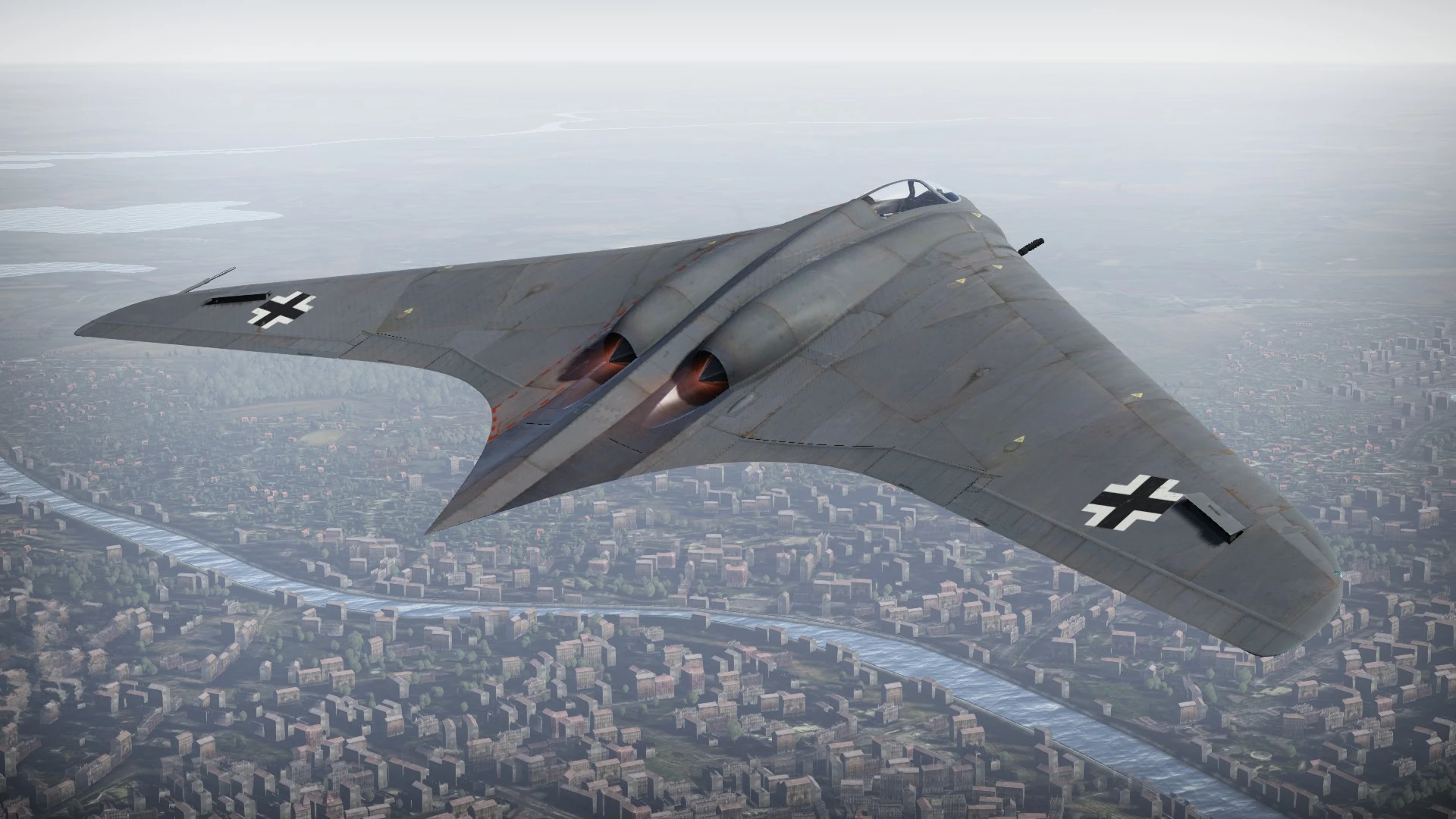
Horten Ho 229 War Thunder Wiki Fandom

The Horten Center Section At Nasm S Garber Facility Courtesy Of Ben Download Scientific Diagram
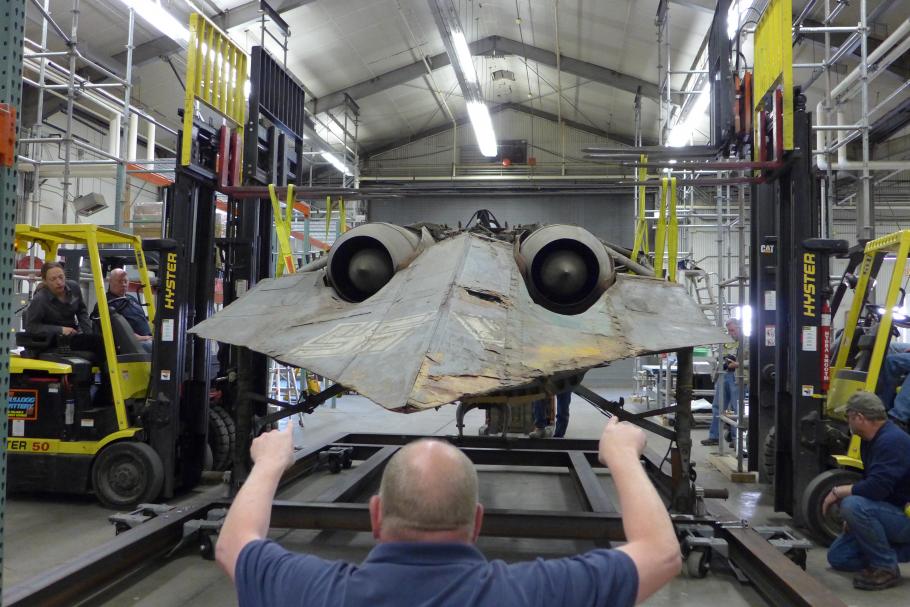
Horten H Ix V3 Bat Wing Ship May 14 Update National Air And Space Museum
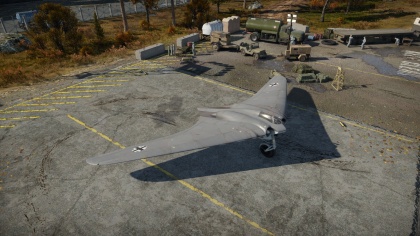
Ho 229 V3 War Thunder Wiki
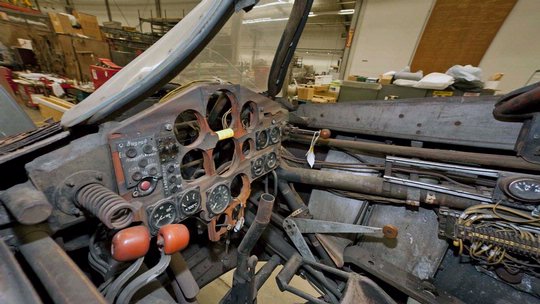
Horten Ho 229 V3 National Air And Space Museum
The Horten Ho 229 V2 From Behind Notice The Heinkel He 162 On The Left 564x337 Warplaneporn
Rod S Aviation Photos Us Tour 16 Smithsonian National Air And Space Museum Steven F Udvar Hazy Centre Aircraft A L
Nazi Stealth Fighter Prototype Horten 229 V3 Housed At The Smithsonian National Air And Space Museum In Suitland Maryland 875 X 653 Militaryporn

Horten Ho 229 Military Wiki Fandom

Part Of The Horten Ho 229 V3 Is Back On National Air And Space Museum Smithsonian Institution Facebook

Horten 229 Tumblr

Horten Ho229 The Virtual Aircraft Museum

The World S Best Photos Of Stevenfudvarhazycenter And Udvarhazy Flickr Hive Mind
Q Tbn 3aand9gcsylmzvlsrgbq P5sup8u S2s0g04b4tu010yswzgdlmt65yeuy Usqp Cau

Horten Ho 229 V3 National Air And Space Museum
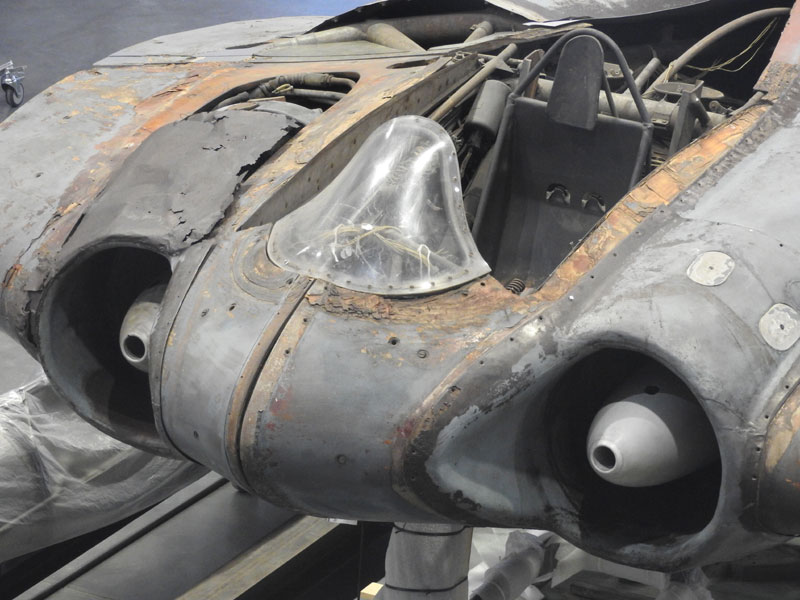
Ipms Nederland Walk Around Horten Ho 229
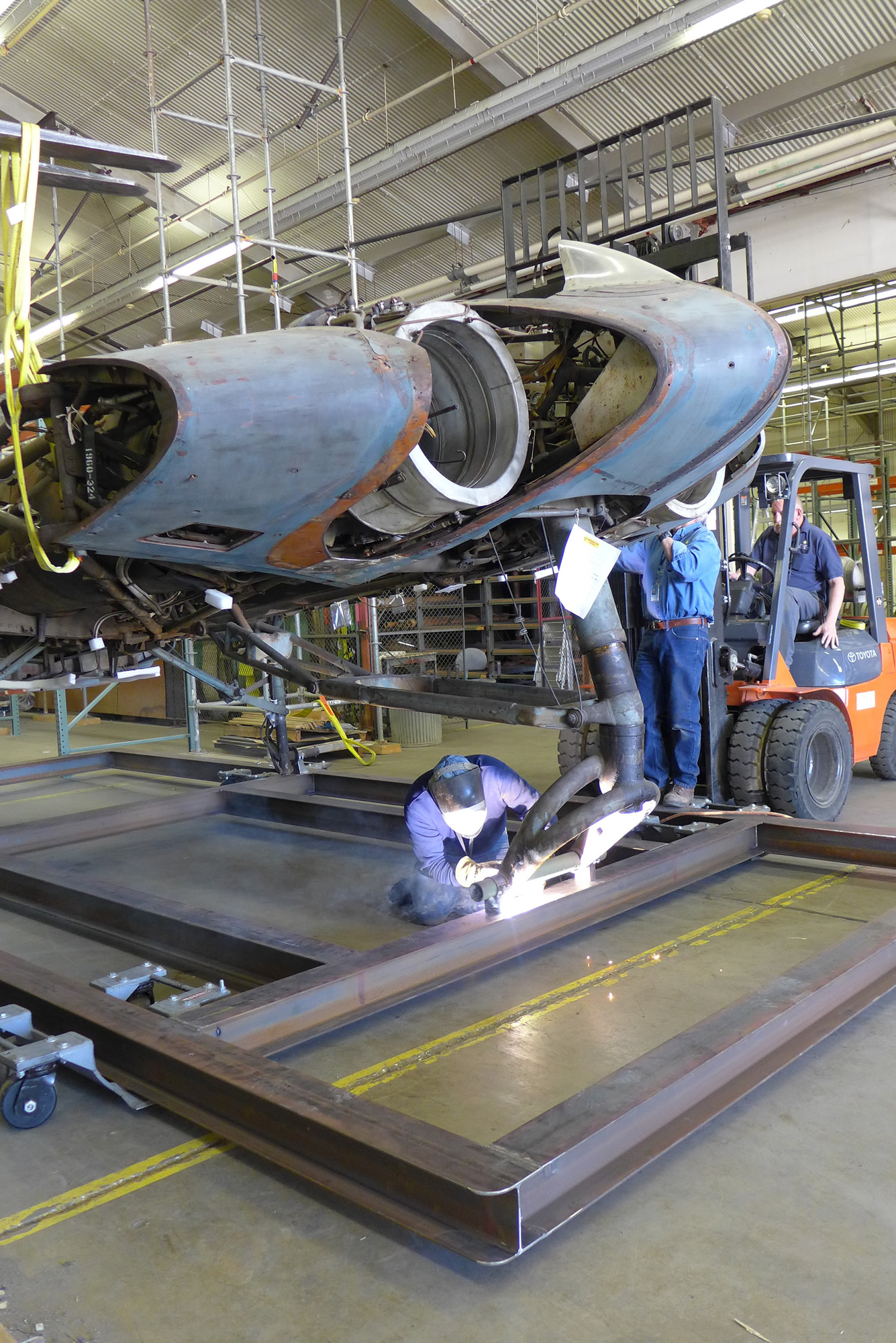
Horton Flying Wing To Be Restored Article Wed 25 Jun 14 03 09 00 Am Utc Airsoc Com

Horten Ho 9b Volksjager Military Aircraft X Plane Org Forum

Horten Ho 229 V3 T2 490 A Photo On Flickriver

Instrumentation Of The Few Remaining Yet Horten Ix In The Smithsonian Air And Space Museum Usa Fliegerei Luftfahrt Horten Ho 229

Smithsonian Air And Space Steven F Udvar Hazy Center Airplanes Cloud Computing And Alien Abductions

15 Udvar Hazy Center Open House Social The Horten Ho 229 Flickr

Horten Ho 229 Wikipedia
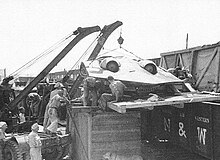
Horten Ho 229 Wikipedia
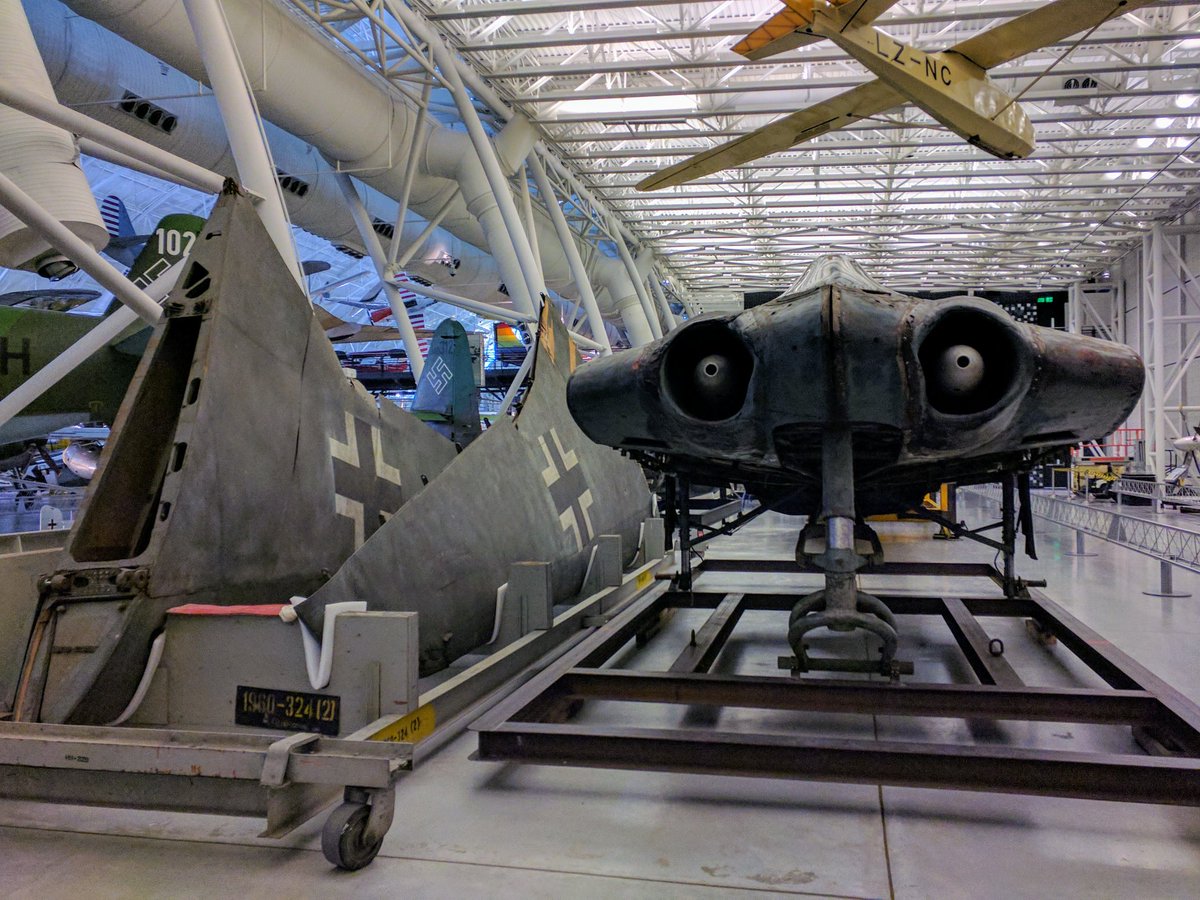
The Shadow Of The Eagle Horten Ho 229 At Smithsonian Va Aviation Germany Avgeek Tech Ancientsubhunt Military Airplane

The Shadow Of The Eagle Horten Ho 229 At Smithsonian Va Aviation Germany Avgeek Tech Ancientsubhunt Military Airplane

Horten Ho 229 V3 National Air And Space Museum
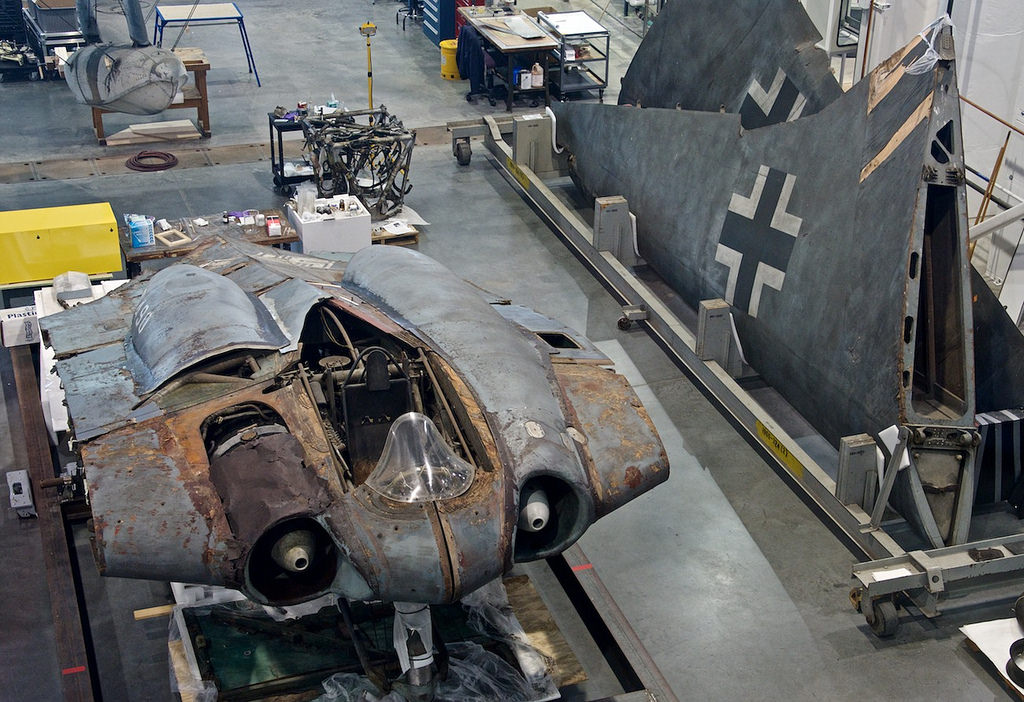
Wt Live Images By Aizek Shturm

Ipms Nederland Walk Around Horten Ho 229

Avgeek Gamer History The Horten Ho 229 Sticks Stories And Scotch
:focal(1599x971:1600x972)/https://public-media.si-cdn.com/filer/1d/08/1d0843a9-5342-4da9-be70-17666c643a7a/mar2020_b01_prologue.jpg)
Why The Experimental Nazi Aircraft Known As The Horten Never Took Off At The Smithsonian Smithsonian Magazine
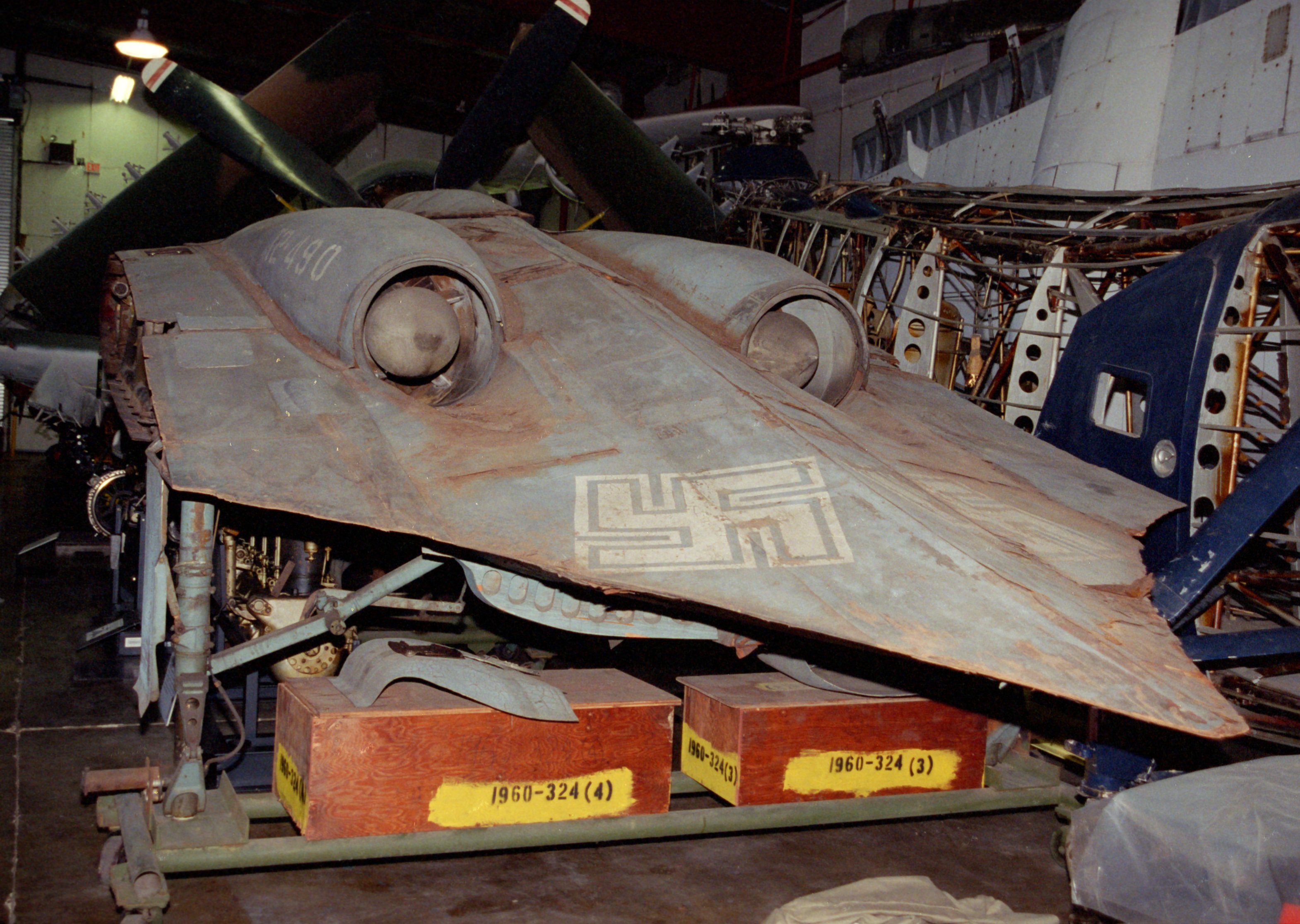
File Horten Ho 229 Smithsonian Rear Jpg Wikimedia Commons
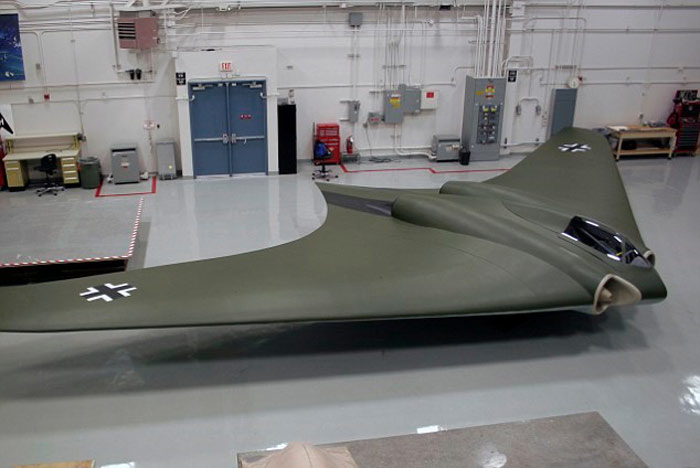
The Horten 229 V3 Flying Wing Amazing Image Collection

Desperate For Victory The Nazis Built An Aircraft That Was All Wing It Didn T Work Smithsonian Insider
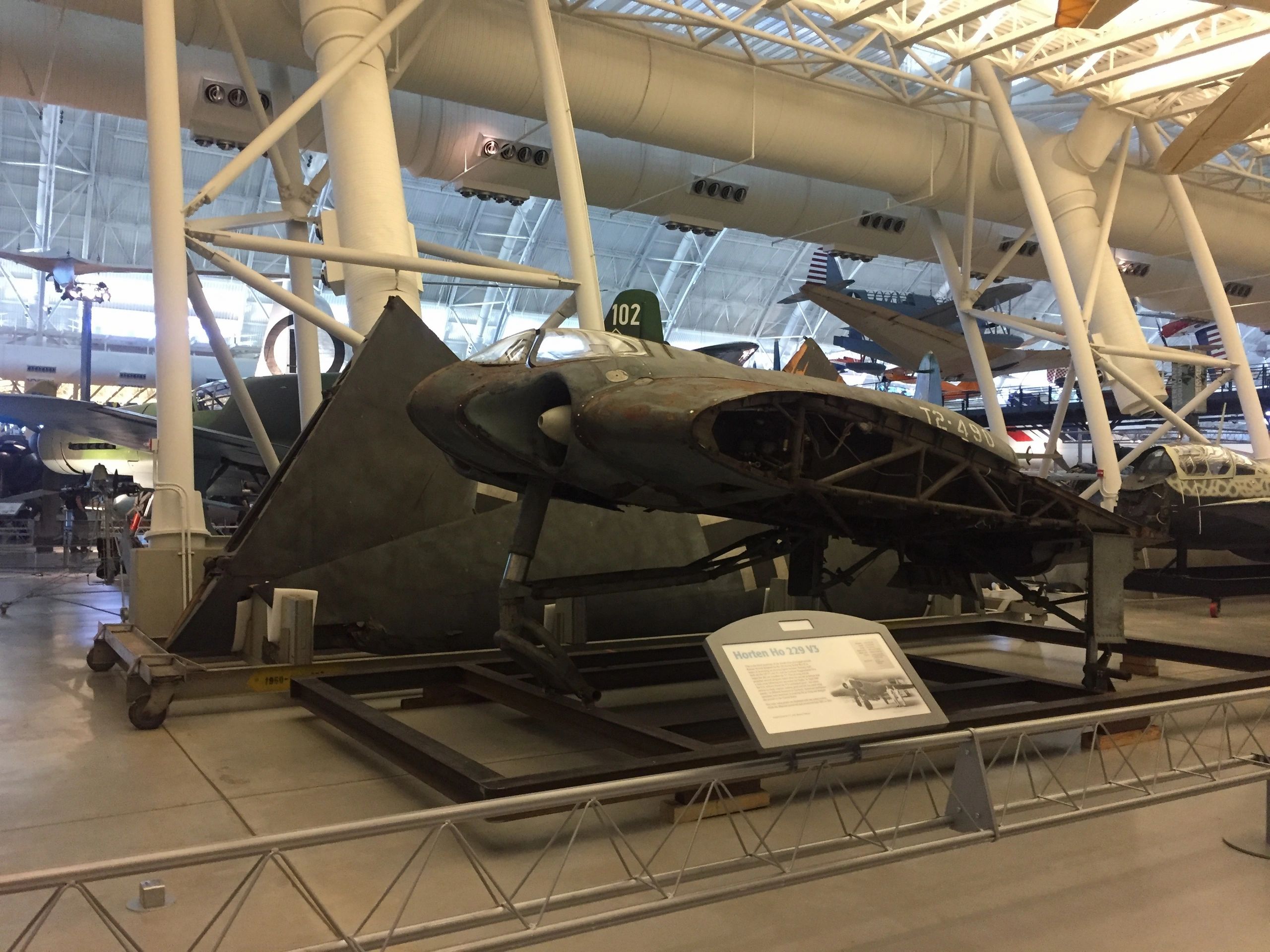
Horten 229 Ho 229 Horten229 Org

Nasm Restoration Center To Hold Open House On January 30th 16

Horten Ho 229 V3 National Air And Space Museum

World War Ii In Pictures Horten Flying Wing

Desperate For Victory The Nazis Built An Aircraft That Was All Wing It Didn T Work Smithsonian Insider

Why Did Us Defense Giant Northrop Grumman Test A 75yo Nazi Prototype Stealth Bomber Wake Up Uk

Development Horten H Ix Ho 229 War Thunder
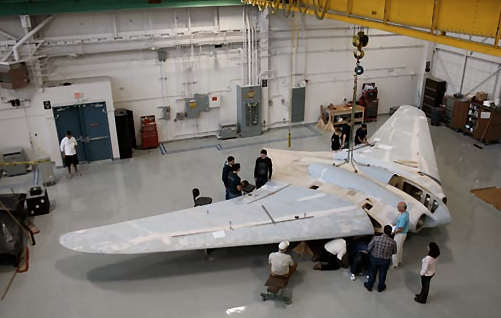
The Horten 229 V3 Flying Wing Amazing Image Collection

Why The Experimental Nazi Aircraft Known As The Horten Never Took Off At The Smithsonian Smithsonian Magazine

Horten Ho 229 V3 National Air And Space Museum

Huib S Aviation Books And Flying Wings Page
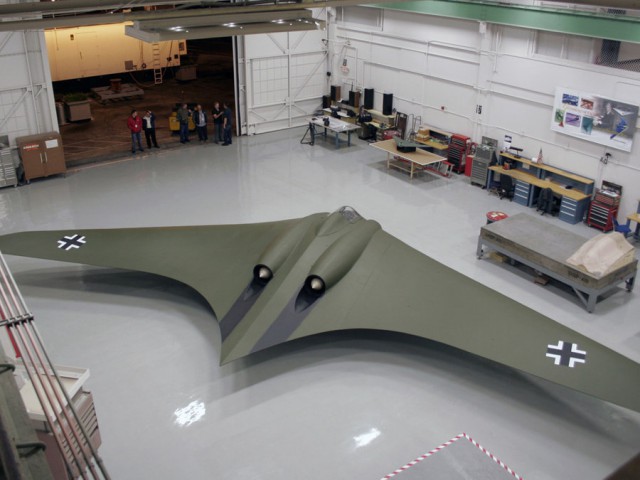
The Horten 229 V3 Flying Wing Amazing Image Collection
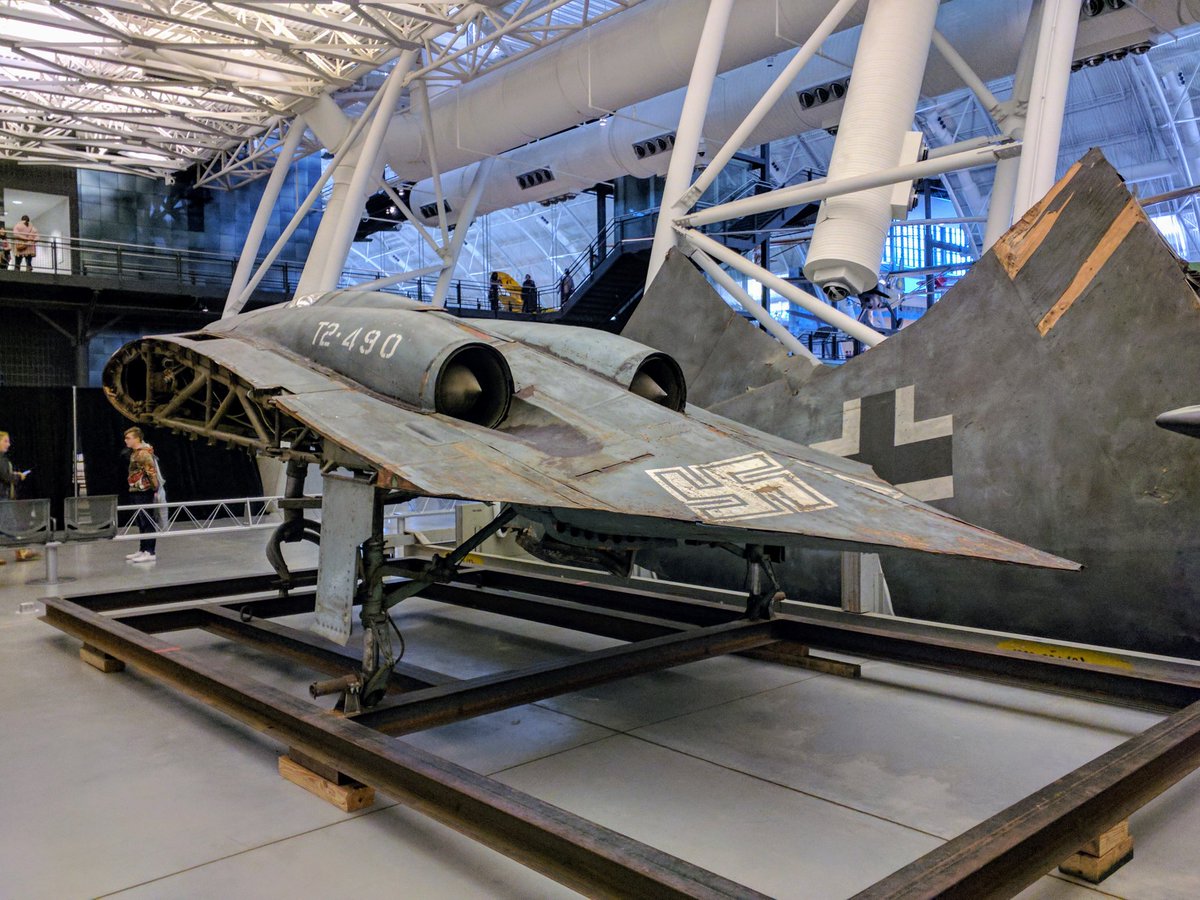
The Shadow Of The Eagle Horten Ho 229 At Smithsonian Va Aviation Germany Avgeek Tech Ancientsubhunt Military Airplane

Horten H Iil
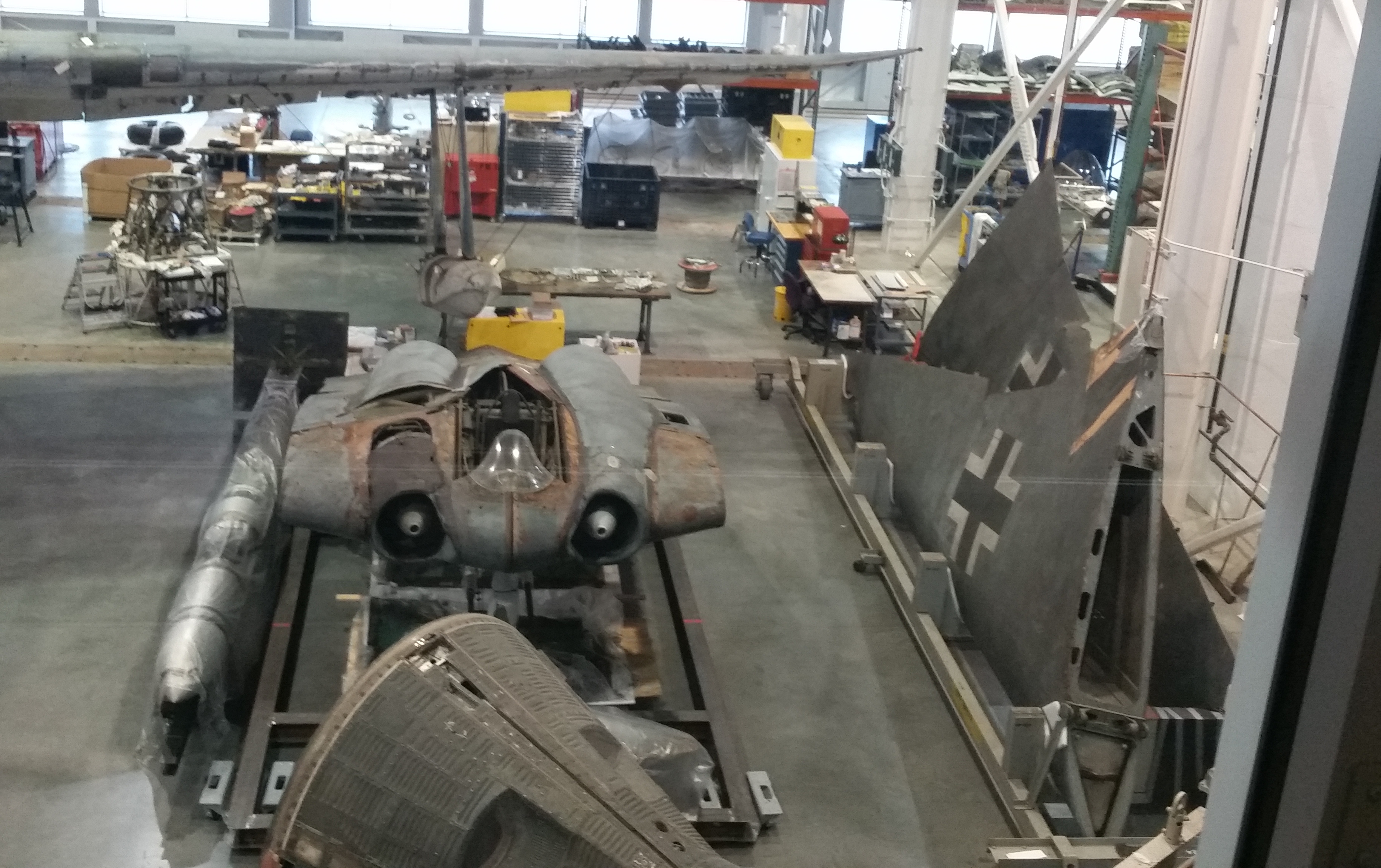
File Horten Ho 229 Restoration Hangar Smithsonian Cropped Jpg Wikimedia Commons

Horten 229 And Xviii Flying Wing Jet Bombers The Essential Guide To Nazi Germany
Q Tbn 3aand9gcqt39gz7kjpxsab0tlgkwpky3s4cudopnn0eeefpf5rmjoo07hc Usqp Cau
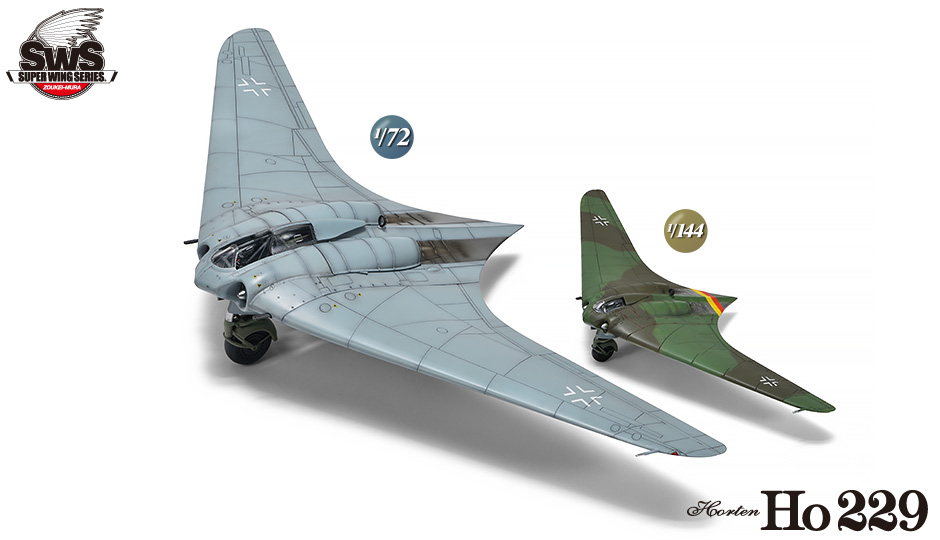
Horten Ho 229 Corgi Hobbymaster Arrivals Herpa New Models

Why The Experimental Nazi Aircraft Known As The Horten Never Took Off At The Smithsonian Smithsonian Magazine

Hortenho229 Instagram Posts Photos And Videos Picuki Com

Horten Ho 229 The Worlds First Stealth Fighter Youtube

National Air And Space Museum Horten Ho 229 V3 Is Made Mostly Of Wood Http T Co Zc7qajb9x5 Openuhc15 W Curator Russ Lee Http T Co Tzpqw1uhlp

Tail Of Horten Ho 229 V3 Flying Wing During World War Ii Flickr

Horten Ho 229 V3 National Air And Space Museum
Q Tbn 3aand9gcs8sm Usps E7o F9kqpuxjsvo3rzynk4xawufqcoho8yi0bfvk Usqp Cau

Horten Ho 229 V3 National Air And Space Museum

Ho 229 B Nachtjager

The Smithsonian S Horton Ho 229 Hubpages
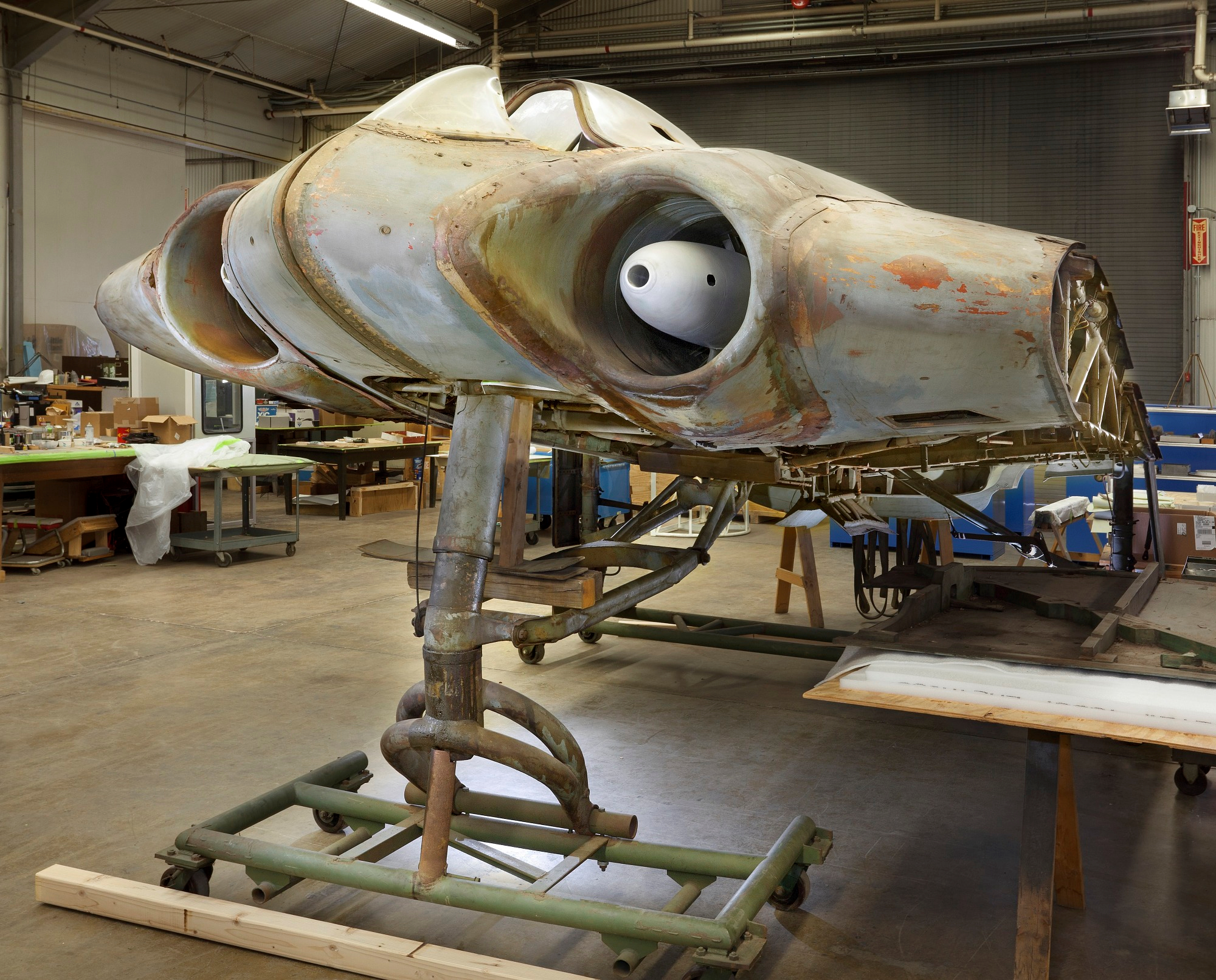
Horten Ho 229 Corgi Hobbymaster Arrivals Herpa New Models
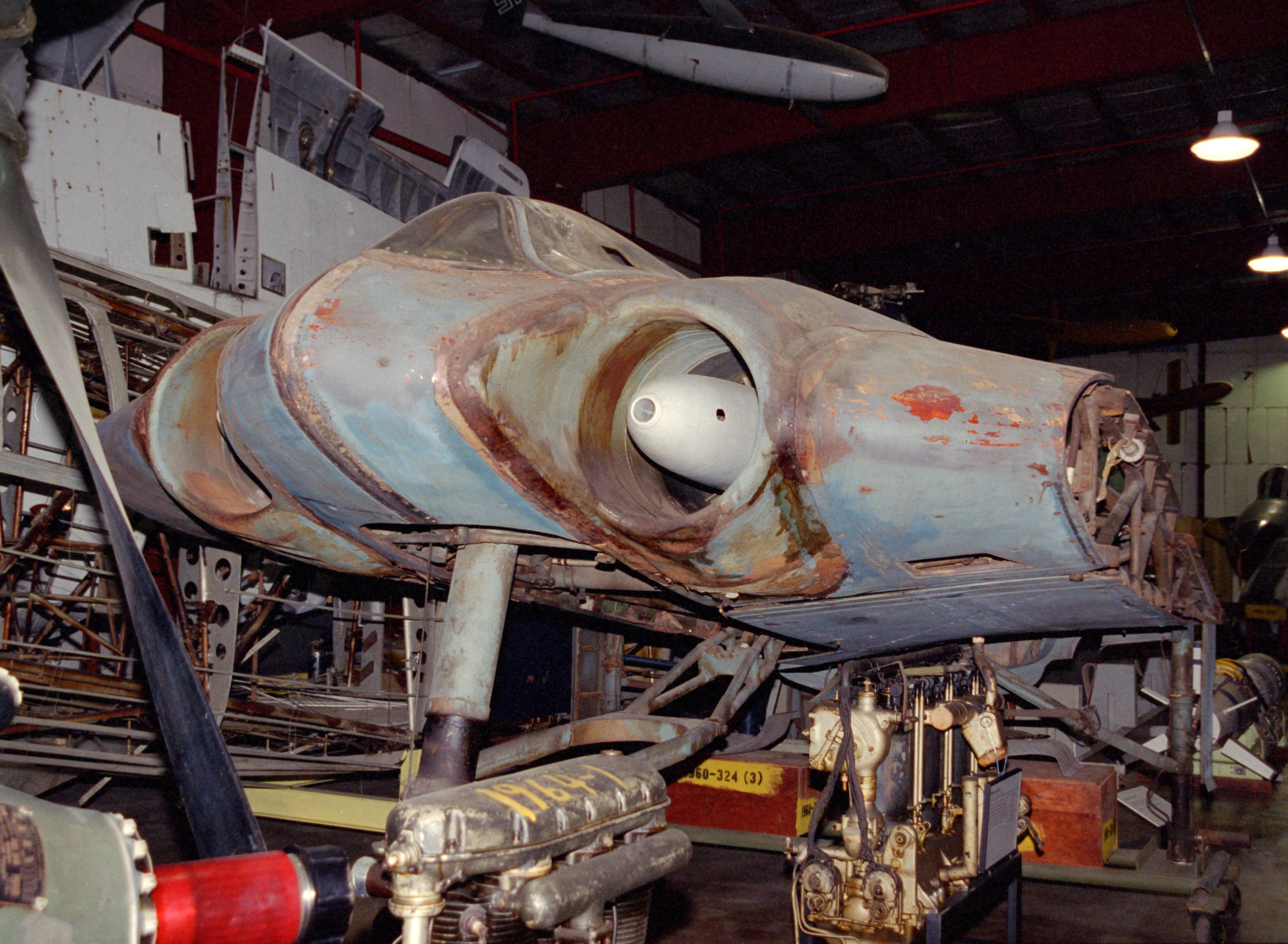
File Horten Ho 229 Smithsonian Front Jpg Wikimedia Commons
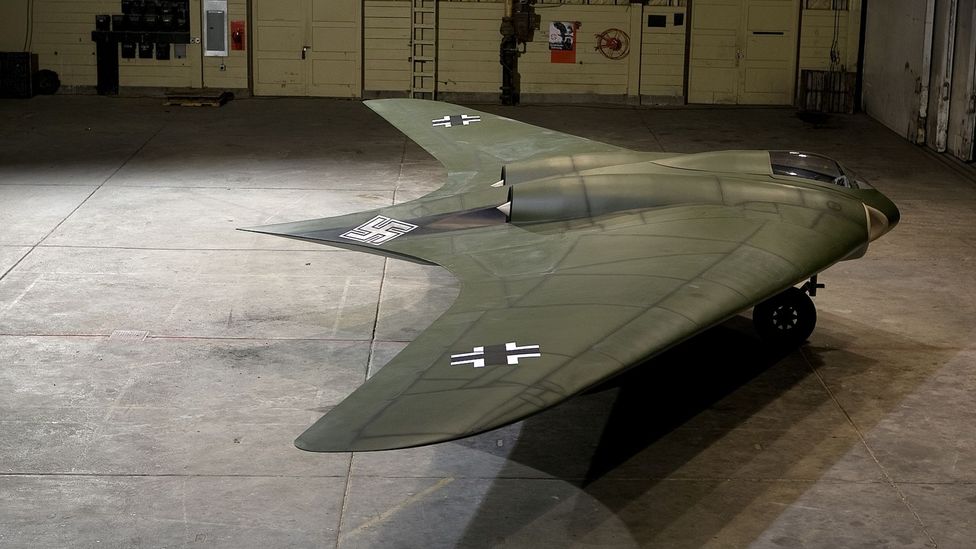
The Ww2 Flying Wing Decades Ahead Of Its Time c Future

Part Of The Horten Ho 229 V3 Is Back On National Air And Space Museum Smithsonian Institution Facebook

San Diego Air Museum Will House Replica Of German Stealth Prototype The San Diego Union Tribune

Horten Ho 229 Nazi Flying Wing And Ufo Conspiracy Theories Youtube

The Horten Ho 229 Often Erroneously Called Gotha Go 229
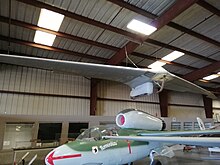
Horten Ho 229 Wikipedia

Horten Ho 229 V3 National Air And Space Museum

Restoring Germany S Captured Bat Wing History Air Space Magazine
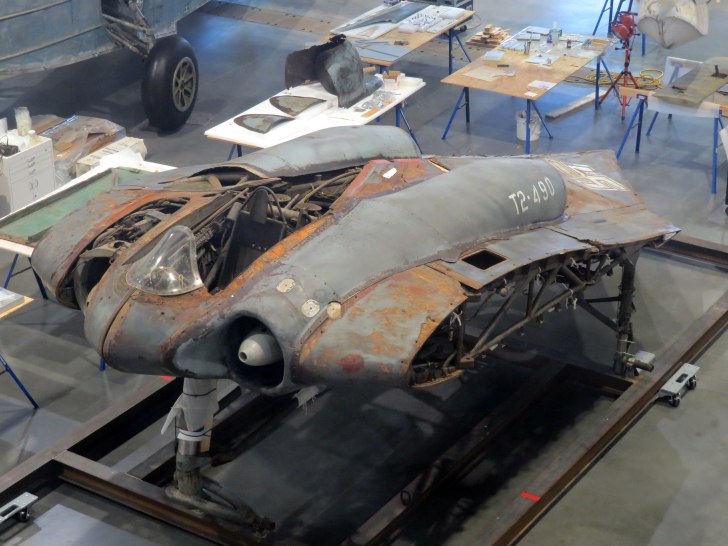
The Horten 229 V3 Flying Wing Amazing Image Collection

Horten Ho 229 Posts Facebook

Horten Emerges In Washington

The Sole Surviving Horten Ho 299 Flying Wing On Display At The Smithsonian S Air Space Museum Udvar Hazy Center This Is T Stealth Aircraft Horten Aviation

Horten Ho 229 V3 National Air And Space Museum
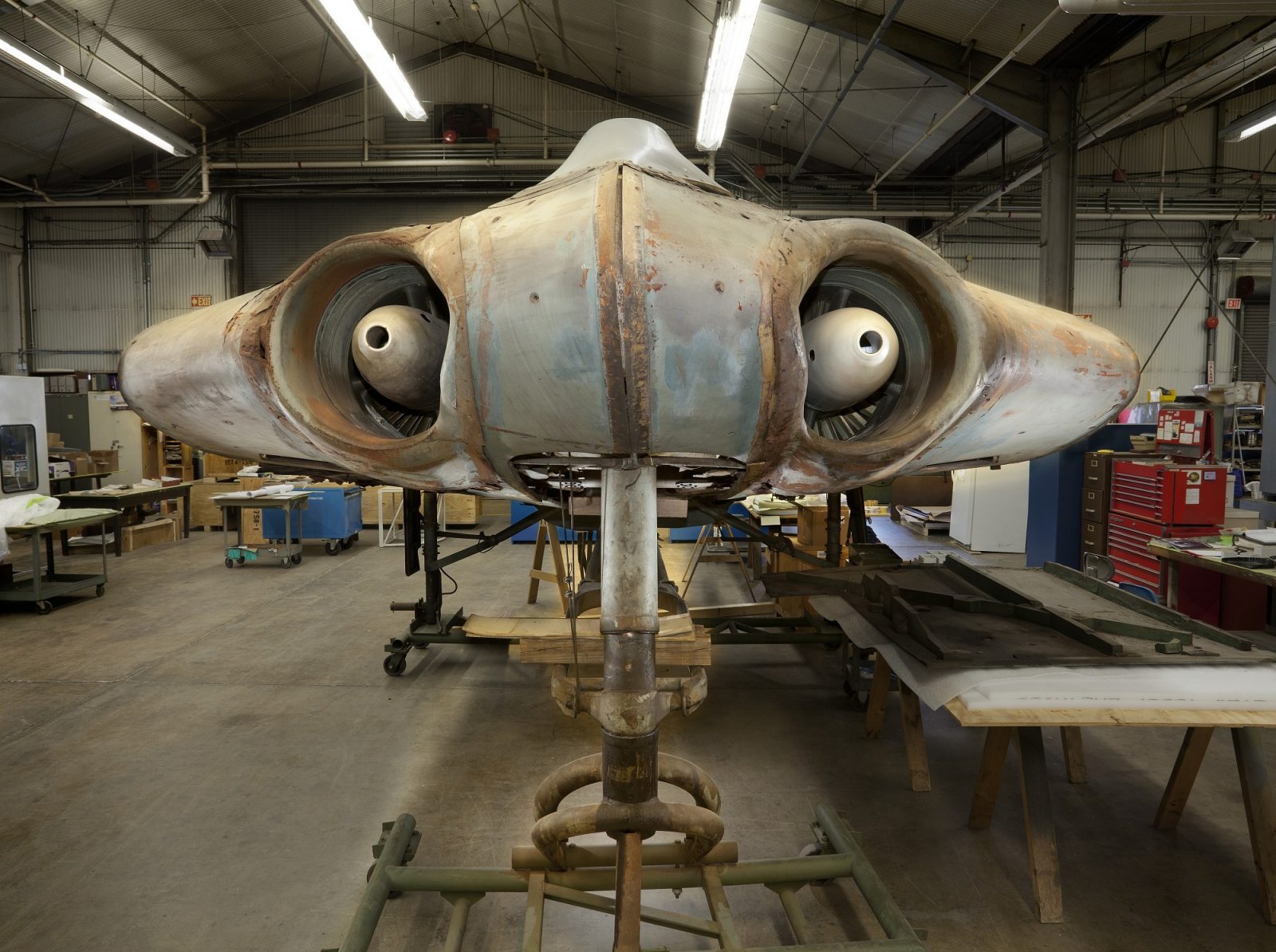
Bizarre Warplanes From World War Ii Part 1 Crew Daily

Aircraft Nut Horten Ho 229 Flying Wing

The Ww2 Flying Wing Decades Ahead Of Its Time c Future
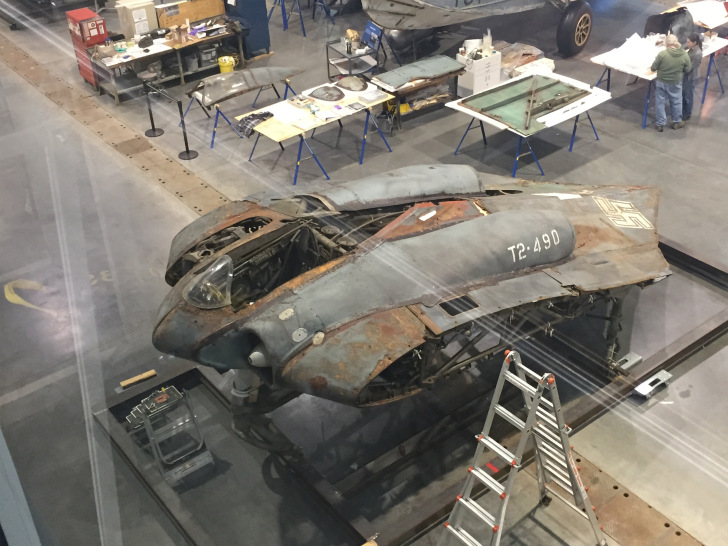
The Horten 229 V3 Flying Wing Amazing Image Collection
Q Tbn 3aand9gctzqpl Whi Rvri Zdwtpncvsl0xojzwirrggbdznyvawtvh4xm Usqp Cau

My Day At The National Air And Space Museum Imodeler

Amazon Com Revell Horten Go 229 Toys Games

Restoring Germany S Captured Bat Wing History Air Space Magazine

Hitler S Secret Nazi War Machines Of World War Ii Americas Military Entertainment Brand
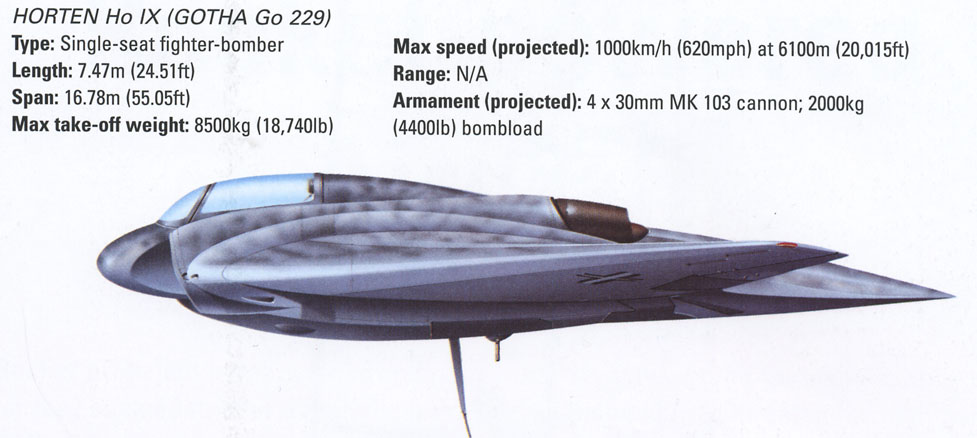
The Horten Ho 229 Often Erroneously Called Gotha Go 229

Amazon Com Horten Ho 229 Spirit Of Thuringia The Horten All Wing Jet Fighter Shepelev Andrei Ottens Huib Books

America S Hanger The Smithsonian S Best Kept Secret The Avion Newspaper Embry Riddle Aeronautical University
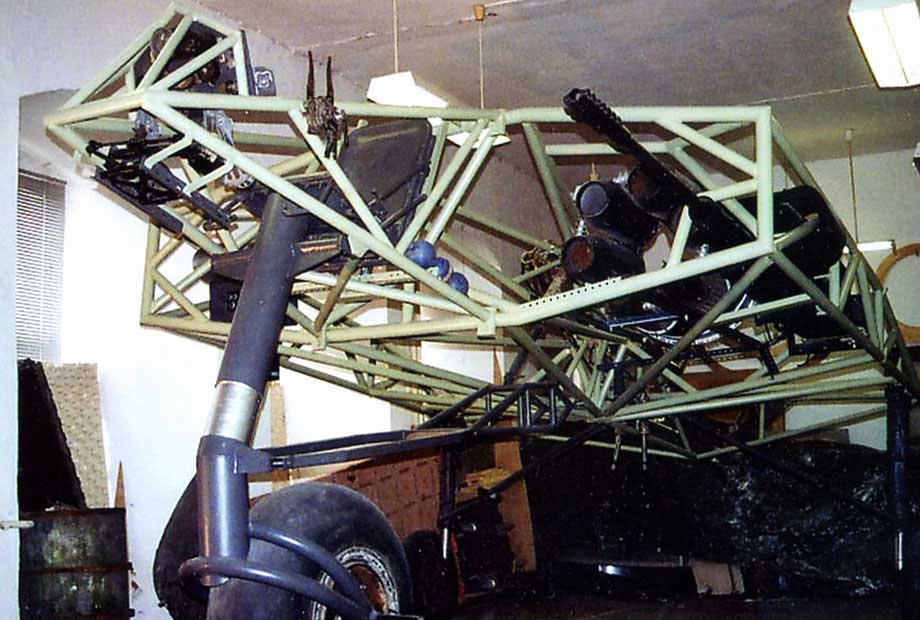
Horten Ho 229 Aircraft

Newly Unveiled Horten Ho 229 Flying Wing Freshly Out Of Restoration Body Is To The Right And Wing Pallets Are To The Left Wear And Tear Has Prevented The Wings From Being
Went To The Smithsonian Recently And Noticed That They Made Extra Room Back By The Horten Ho 229 And He 219 By Closing Off An Area Where You Used To Be Able

Hitler S Stealth Bomber Fox News

Horten Ho Ix Gotha Go 229 Horten Ho 229 Vintage Aircraft Horten

Horten H Ix Ho 229 Gotha Go 229 Clemens Vasters Flickr

Wow133 The Horten Ho 229 Gunn Miniatures

Pp4hhlkgb6qoim

Zkmsws008 B01 Zoukei Mura Concept Note 7 Ho 229 Horten Zoukei Mura Amazon Com Books



